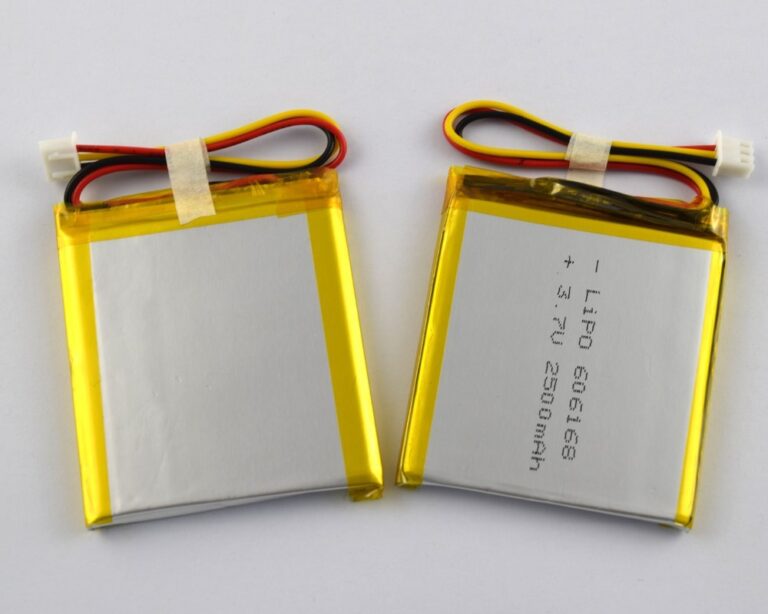The 18650 lithium battery, a prevalent type on the market, finds extensive application in diverse areas like electronics and vehicles due to its compact size, lightweight nature, voluminous capacity, and consistent performance. Herein, we elucidate how to merge multiple 18650 lithium batteries.
Primarily, utmost importance should be given to safety. With high energy density and voltage, improper handling can lead to serious incidents. Consequently, a thorough understanding of battery specs coupled with the usage of suitable chargers, protection boards, and connectors before assembly becomes essential.
Now, let’s delve into various ways to interconnect multiple 18650 lithium batteries:
1. Series Assembly
This method involves linking the poles of numerous cells and elevating their voltages collectively, ideal for devices demanding steep voltage output.
Method: Linked positive and negative poles of cells sequentially to create a battery series group. If necessitated by a protective board, connect this board at both ends of the group to balance the voltage and current across cells.
2. Parallel Assembly
This approach entails connecting the cells’ poles independently and utilizing their powers collectively, great for equipment needing prolonged operation.
Method: Connect the positive and negative poles of numerous batteries separately to form a parallel battery group. For added protection, mount a protection board between the terminal points of every cell to stabilize the voltage and current.
3. Hybrid Assembly
A fusion of Series and Parallel assembly, Hybrids not only intensify total voltage but also enrich total capacity, perfect for high-powered items.
Method: Pick an optimal blend of cells and assembly method according to the required voltage and current requirement. Incorporate a protective board between both ends of the hybrid group and each cell electrode to maintain balanced voltage and current across cells.
It’s crucial to note that the voltage and capacity of the batteries ought to be almost identical to prevent harming their longevity and security. Proper connectors, insulation materials, and fasteners during assembly help prevent loosening or shorts. Dedicated chargers and protection boards should always be employed during charging/discharging, adhering strictly to the allocated ranges of current and voltage.





